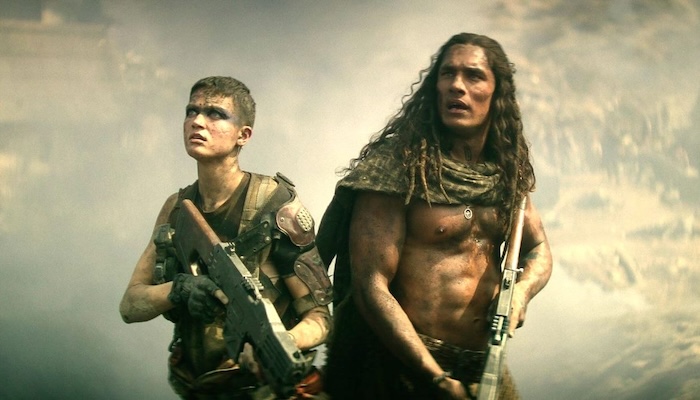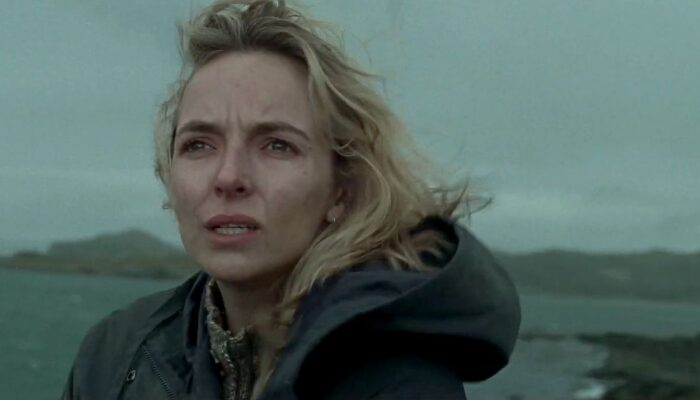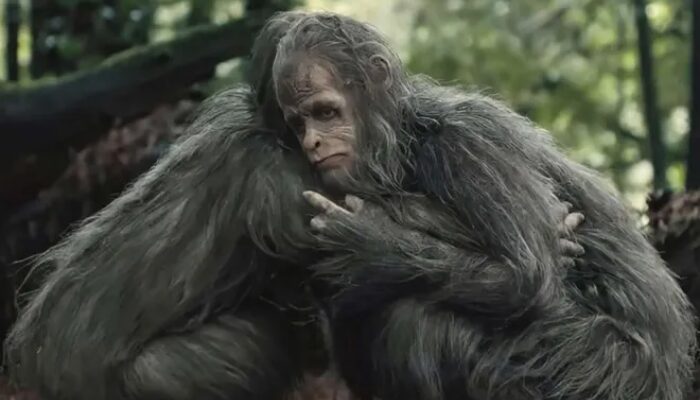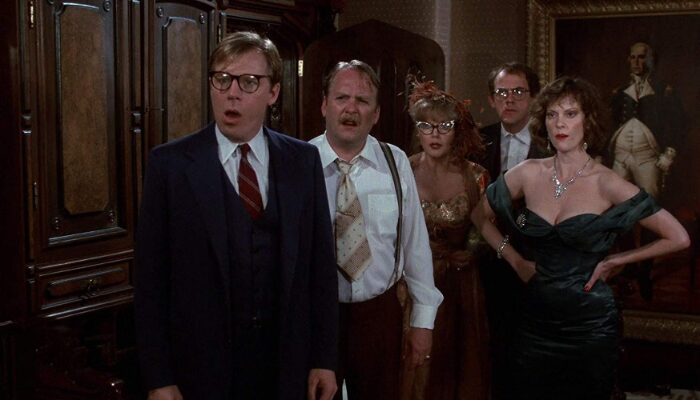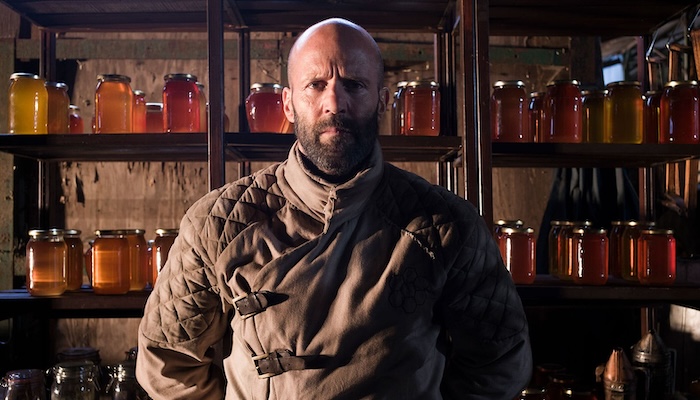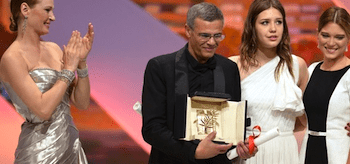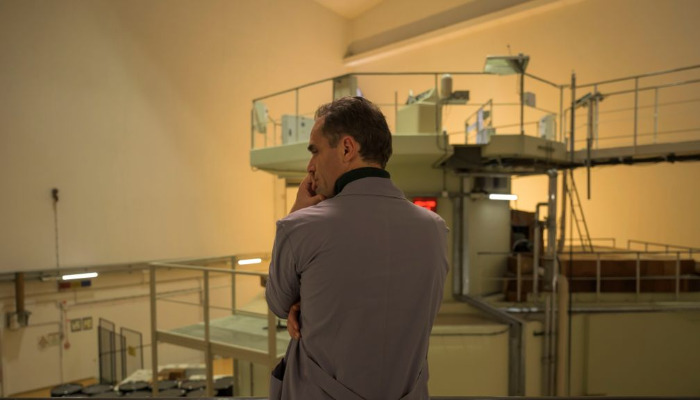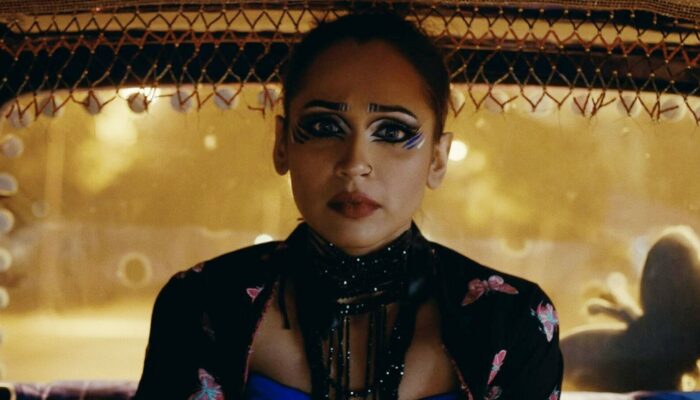Film Review: BLUE IS THE WARMEST COLOR: London Film Festival 2013
Blue is the Warmest Color (2013) Film Review from the 57th Annual BFI London Film Festival (LFF), a movie directed by Abdellatif Kechiche, starring Adele Exarchopoulos, Lea Seydoux, Jeremie Laheurte, Catherine Salee, Aurelien Recoing and Sandor Funtek.
Blue is the Warmest Color is the love story of the year. Blue is the Warmest Color is as passionate, powerful, and realistic as a real-life romantic drama could possibly be. Blue is the Warmest Color will let you experience falling in love, the passion, the heartbreak, the disappointment, and the euphoria of a relationship better than any other motion picture this year. It is the most powerful romantic drama of 2013 and one of the great love films of the 2000s and the 2010s. Director Abdellatif Kechiche lets us experience the process of the struggling teenager Adele with hypnotizing realism, with superb attention to detail, holding back absolutely nothing. It is a three hour film, which thoroughly explores the journey of a teenager who finds out that she prefers a member of the same gender more. The film teaches the viewer just as much about the problems of bi-sexual relationship as it does the problems of a relationship of any kind. Blue is the Warmest Color comprises three energetic, captivating hours filled with romantic tension, passion, drama, all of which strike hard and memorably.
The performances in the film are great. Adele Exarchopoulos does a phenomenal job in carrying the film for three hours. The viewer never gets bored and they never cease to understand or sympathize with her character. The viewer feels her confusion and understands why every single tear is shed. Her performance goes into such detail that sometimes her facial expressions tell the viewer more than the dialogue or the script itself does. We see the lively change in her movement, the flame in her eyes when she is in a relationship that makes her happy. We see how that flame is missing when she doesn’t know what she is doing and with whom. Lea Seydoux is a great compliment to her on-screen: her smile makes the viewer happy every time and her angry screams shock them boundlessly. Both performances are very much alike: quiet but passionate. We witness two actresses who completely devote themselves to their roles and they do it in more than one way.
Abdellatif Kechiche has decided to completely encapsulate the experience of falling in love and finding the right person. In this line of thought, the film’s plot is basically a model for any relationship. In order to make Blue is the Warmest Color even more effective and powerful, the director and the writer have decided to add to the model of the love story the struggles of a bi-sexual relationship. In a way, this is a film about what a 21st century love story can truly feel like from start to finish. One could say there are two parts of this film. The first part showed the struggles of a girl that loves individuals of the same gender. The second part purposefully neglected prejudices and the fact that it dealt with two women loving each other. Their gender became irrelevant. The second part was all about their relationship and love. Both parts of the film explored their respective subject-matters thoroughly and powerfully. Both parts of this huge, tremendously emotional film will overwhelm the viewer. They will see and experience every detail, every key moment of disappointment and happiness that exists in a relationship. They will see the process of making the bold step to love someone regardless of their gender and forging a relationship with that person.
The film is utterly without artifice. There is barely any music in it. Nothing is faked and no moment is stylized by some special visuals or fancy editing. Blue is the Warmest Color is composed of long, stably measured takes which let us fully experience every romantic and intense moment. The film contains the longest sex scene I have ever seen in a feature film but I appreciated the prolonged time. If a film aims to be realistic as Blue is the Warmest Color certainly does, than it should provide the most important moments with enough screen time. The long takes, the poetically beautiful, constructed close-ups during the more intimate and dramatic moments is what builds the realism for this film. What makes the realism so powerful is the passionate performances of the two actresses and the just right amount of attention that the director gives to each of the dramatic moments. Some people might complain that the sex scene was too long. It wasn’t the only long scene. There was a dance scene which allowed the viewer to experience Adele’s state of happiness born out of her new relationship with the person she really loves. That scene stretched on for minutes. The culminating, heart-breaking scene certainly lasts for at least six to ten minutes. This is where the power of Blue is the Warmest Color comes from; it lets us experience the moment of love just the way it actually is in real life: endless, searing, and unforgettable.
When the credits roll, the viewer really feels like they have experienced something big that will stay with them forever. Isn’t that exactly what a true love story should be like?
Rating: 9/10
Related Articles
FilmBook's Newsletter
Subscribe to FilmBook’s Daily Newsletter for the latest news!

